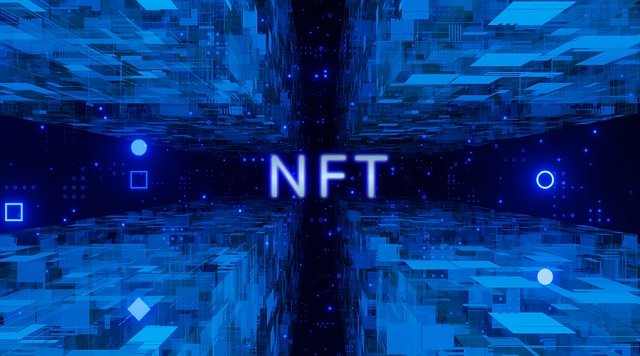The Complete Guide to Non-Fungible Tokens and Why They’re So Important
Non-fungible tokens (NFTs) are digital assets that are unique and cannot be replaced by another asset of the same type. This is in contrast to fungible tokens, which are interchangeable and can be replaced by another unit of the same type.For further information, visit nft-profit.app.
Why are non-fungible tokens important?
NFTs have a number of potential use cases, the most notable of which is their ability to represent unique digital assets. This could include things like virtual goods in video games, rare collectibles, or even real-world assets like property.
NFTs could also be used to represent ownership of digital content or to track provenance for digital items. For example, you could use an NFT to track the ownership of a song or article. This would allow you to know who owns a particular digital asset and prevent it from being copied or redistributed without permission.
Finally, non-fungible tokens could be used to create decentralized marketplaces where buyers and sellers can trade unique digital assets. This would allow for a more decentralized version of online marketplaces like eBay or Amazon.
They facilitate the tokenization of various types of NFTs, ranging from digital art to virtual real estate, enabling creators and collectors to monetize and exchange these assets seamlessly. This would allow for a more decentralized version of online marketplaces like eBay or Amazon.
They facilitate the tokenization of various types of NFTs, ranging from digital art to virtual real estate, enabling creators and collectors to monetize and exchange these assets seamlessly.
How are non-fungible tokens created?
Non-fungible tokens can be created in a variety of ways. One popular way is to use a blockchain platform like Ethereum to create a token that is unique and cannot be replaced.
Another way to create NFTs is by using cryptographic proofs called “hashes.” This involves creating a unique hash for each individual NFT and storing it on a blockchain. This allows buyers and sellers to verify the ownership of an NFT before completing a transaction.
What are some examples of non-fungible tokens?
Some examples of popular non-fungible tokens include Crypto Kitties, Decentraland, and Rare Pepe cards. These tokens represent unique digital assets that have value in their own right.
Crypto Kitties, for example, are digital cats that can be traded and collected. Decentraland is a virtual world where users can buy and sell land parcels. Rare Pepe cards are digital trading cards that can be used to represent ownership of rare digital assets.
Are there any risks associated with non-fungible tokens?
Yes, there are a few risks associated with using non-fungible tokens. One risk is that the value of an NFT could decrease over time. This could be due to a variety of factors such as low demand or a lack of use cases.
Another risk is that NFTs could be stolen or lost. This could happen if someone manages to hack into your digital wallet or if you lose your private key.
Finally, there is also a risk that non-fungible tokens could be used for scams or money laundering. For example, someone could create a fake NFT and try to sell it to unsuspecting buyers. Or someone could use NFTs to hide the source of their illegally obtained funds.
How can I buy non-fungible tokens?
There are a few ways to buy non-fungible tokens. The most common way is to use an online cryptocurrency exchange like Coinbase or Binance. Alternatively, you could use a decentralized exchange like IDEX or EtherDelta.
Another way to buy NFTs is by using a token sale or initial coin offering (ICO). This involves buying tokens that will be used to power a new blockchain platform or application. Finally, you could also try to find someone who is selling NFTs directly online or in person.
What are some of the best non-fungible tokens?
There is no definitive answer to this question since there are so many different types of NFTs. However, some of the most popular non-fungible tokens include Crypto Kitties, Decentraland, and Rare Pepe cards. These tokens represent unique digital assets that have value in their own right.
Crypto Kitties, for example, are digital cats that can be traded and collected. Decentraland is a virtual world where users can buy and sell land parcels. Rare Pepe cards are digital trading cards that can be used to represent ownership of rare digital assets.
How can I learn more about non-fungible tokens?
If you want to learn more about non-fungible tokens, there are a few resources that you can check out. The first is the Non-Fungible Token Wiki, which provides a comprehensive overview of NFTs. You can also watch this video tutorial on how to create a non-fungible token using the Ethereum blockchain.
Conclusion
Non-fungible tokens are digital assets that represent unique and individual items. They can be created in a variety of ways, but the most common is by using a blockchain platform. Non-fungible tokens have a variety of use cases, including representing ownership of digital assets, powering new blockchain platforms, and being used for scams or money laundering. The most popular non-fungible tokens include Crypto Kitties, Decentraland, and Rare Pepe cards. If you want to learn more about non-fungible tokens, there are a few resources that you can check out.

